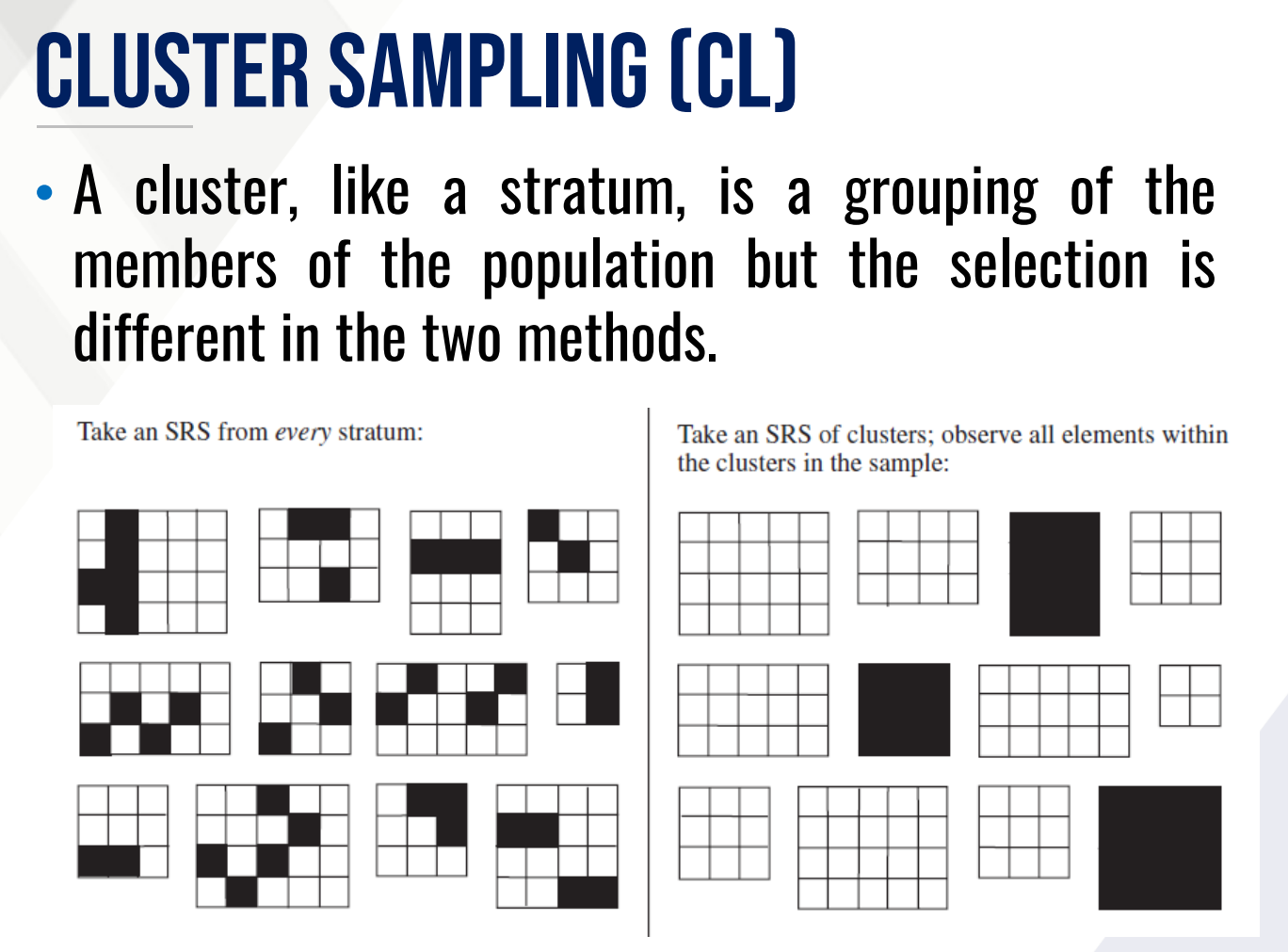(UNFINISHED) STAT 164 - SAMPLING - CHAPTER 3
1/31
Earn XP
Description and Tags
CHECK INSTAT READING ROOM FOR EXAMPLES OF SYS AND CL
Name | Mastery | Learn | Test | Matching | Spaced |
|---|
No study sessions yet.
32 Terms
SAMPLING
It is a process of selecting a subset of n units from the universe or population of N units to gather information or make inferences about the population as a whole.
sample
The selected subset is called the _________ which will represent every unit of the population.
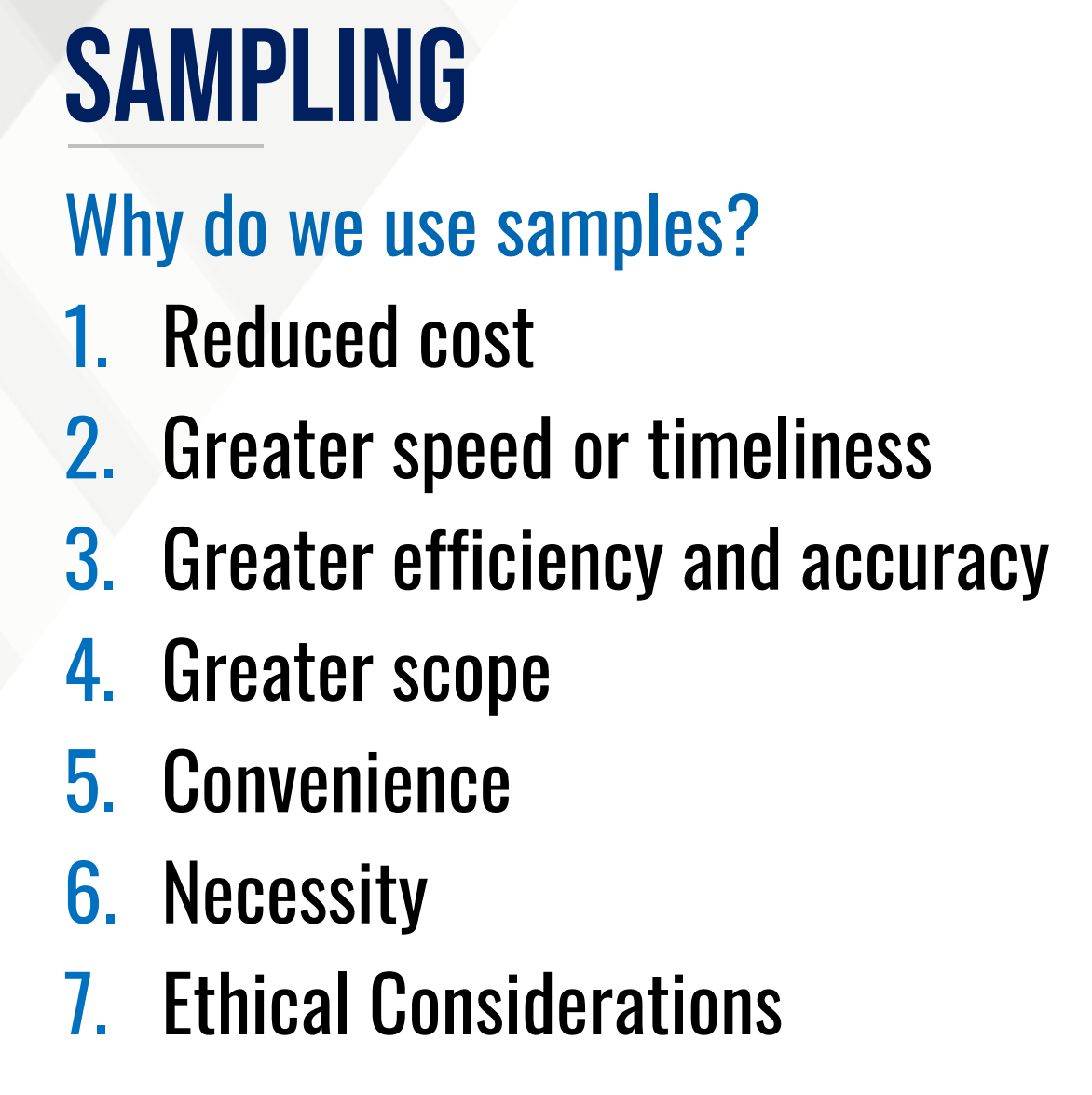
Why do we use samples?
Non-Probability Samples
TYPES OF SAMPLES
Samples are obtained haphazardly, selected purposively or are taken as volunteers
Non-Probability Samples
TYPES OF SAMPLES
The probabilities of selection are unknown.
Non-Probability Samples
TYPES OF SAMPLES
They should not be used for statistical inference.
Non-Probability Samples
TYPES OF SAMPLES
They result from the use of judgment sampling, purposive sampling, etc.
Probability Samples
TYPES OF SAMPLES
Samples are obtained using some objective chance mechanism called randomization and hence are called random samples.
randomization
Probability Samples
Samples are obtained using some objective chance mechanism called _____________ and hence are called random samples.
sampling frame
Probability Samples
They require the use of a complete listing of the elements of the universe called the _____________.
Probability Samples
TYPES OF SAMPLES
The probabilities of selection are known
Probability Samples
TYPES OF SAMPLES
They allow valid generalizations about the population.
Probability Samples
TYPES OF SAMPLES
They require the use of a complete listing of the elements of the universe called the sampling frame.
RANDOMIZATION
It is a mechanism to determine which random samples to select
RANDOMIZATION
It involves using a random mechanism such as random number generator or a randomization table to generate ID numbers of random samples to include in the final set of samples.
SIMPLE RANDOM SAMPLING (SRS)
Most basic method of drawing a probability sample.
SIMPLE RANDOM SAMPLING (SRS)
Assigns equal probabilities of selection to each possible sample.
Subtypes: SRS w/ replacement and SRS w/o replacement
What are the subtypes of SIMPLE RANDOM SAMPLING (SRS)?
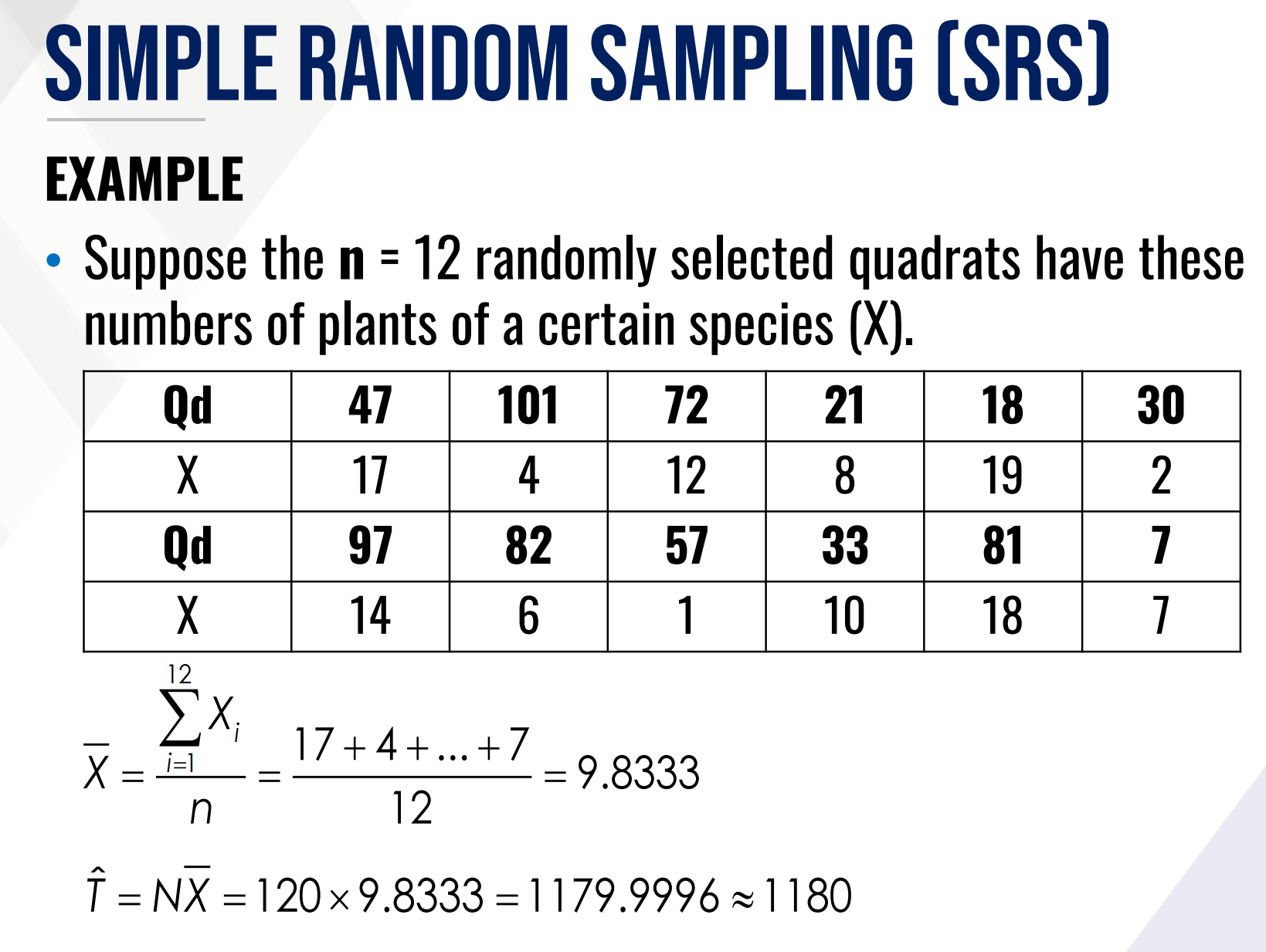
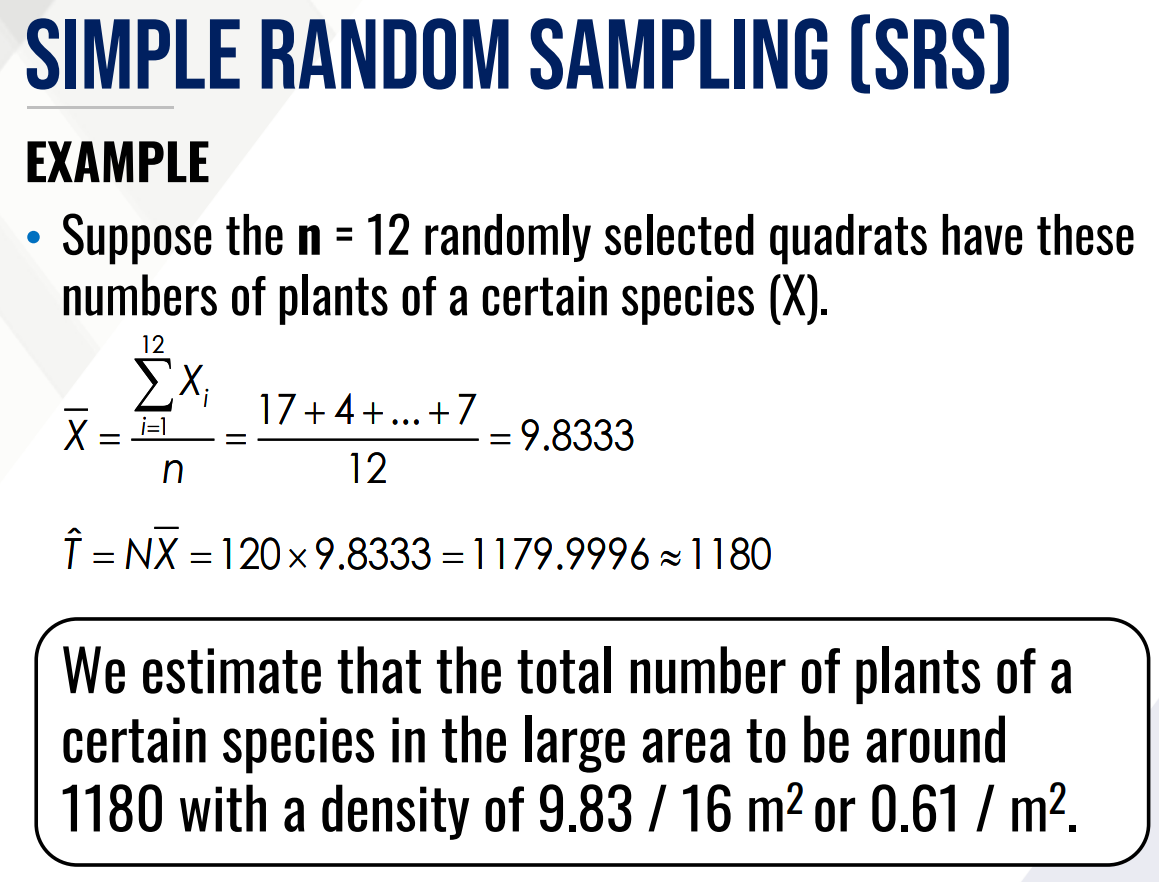
Solve for density and total number of plants within the area.
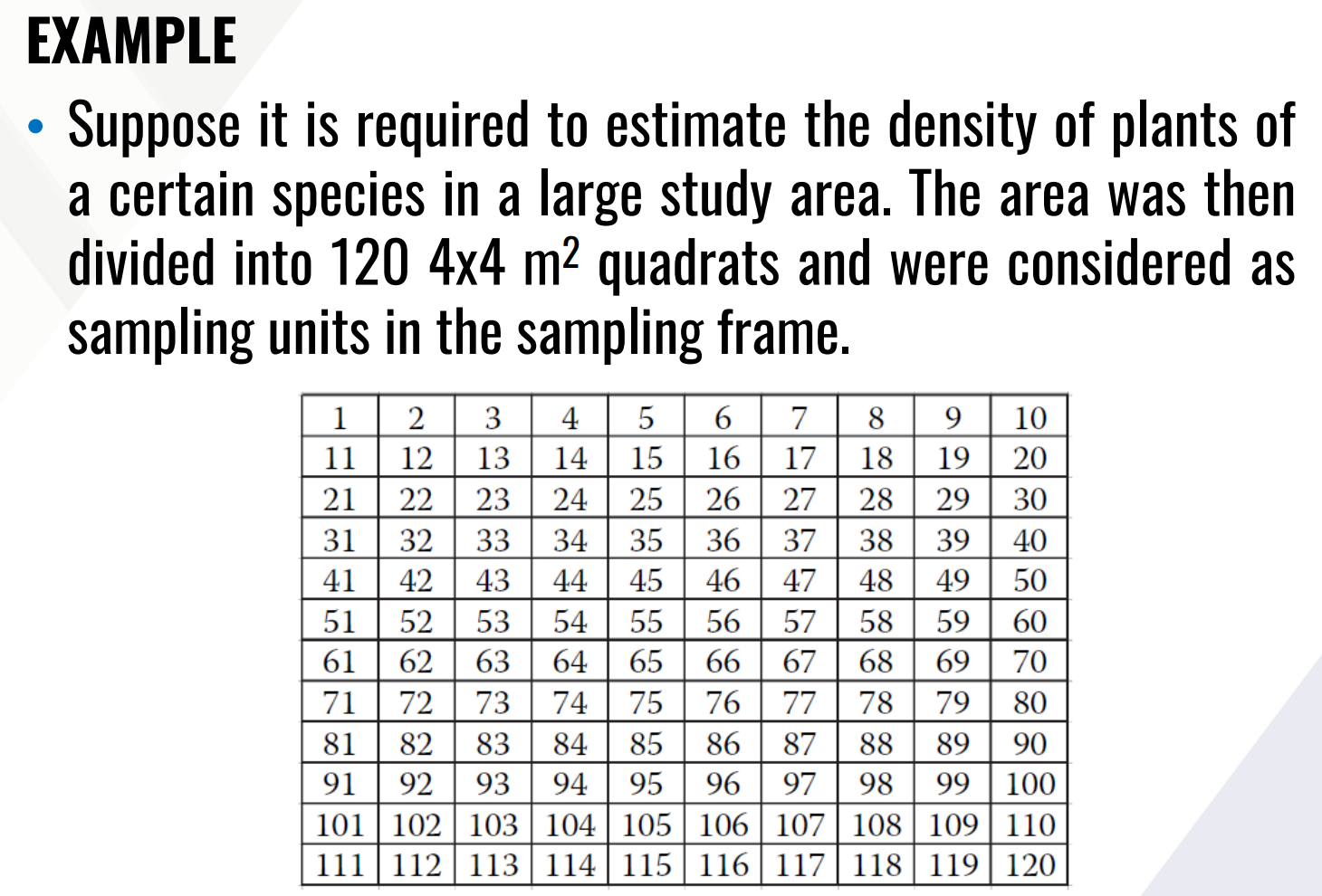
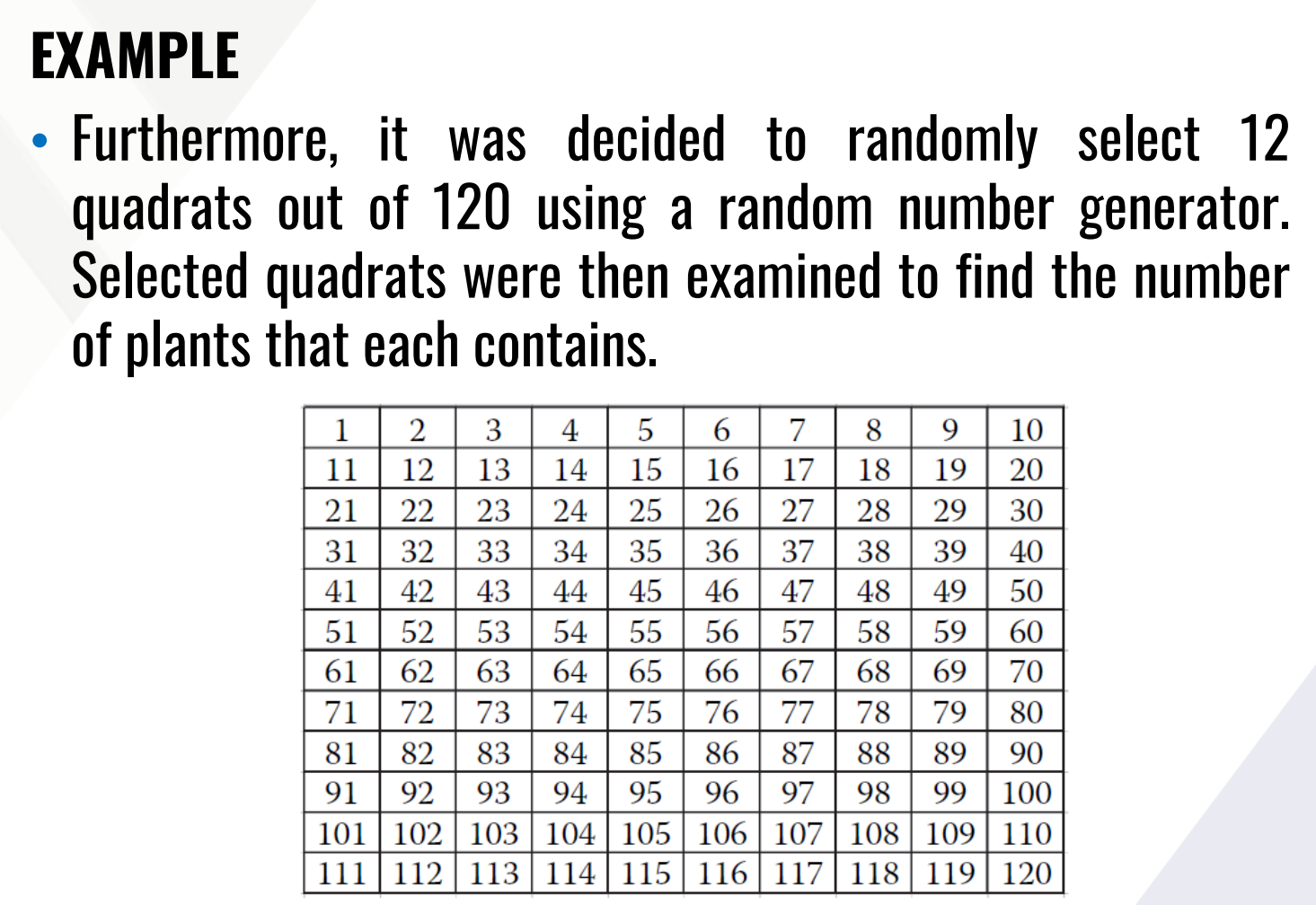
STRATIFIED RANDOM SAMPLING (STRS)
The population is divided into L mutually exclusive sub-populations called strata.
strata
STRATIFIED RANDOM SAMPLING (STRS)
The population is divided into L mutually exclusive sub-populations called _____________.

Independent SRS are obtained from each stratum.
What is the formula for N and n?
STRATIFIED RANDOM SAMPLING (STRS)
It gives better cross-section of the population and simplifies data gathering.
STRATIFIED RANDOM SAMPLING (STRS)
It allows inferences for each stratum and generally increases the precision of the estimates.
STRATIFIED RANDOM SAMPLING (STRS)
Homogenous within, heterogeneous across: Types of stratification are those based on spatial location or based on some demographic profile within which the population is expected to be fairly uniform.

STRATIFIED RANDOM SAMPLING (STRS)
Sample size n will be divided equally or proportionally among L strata.
What is the formula for equal and proportional allocation?
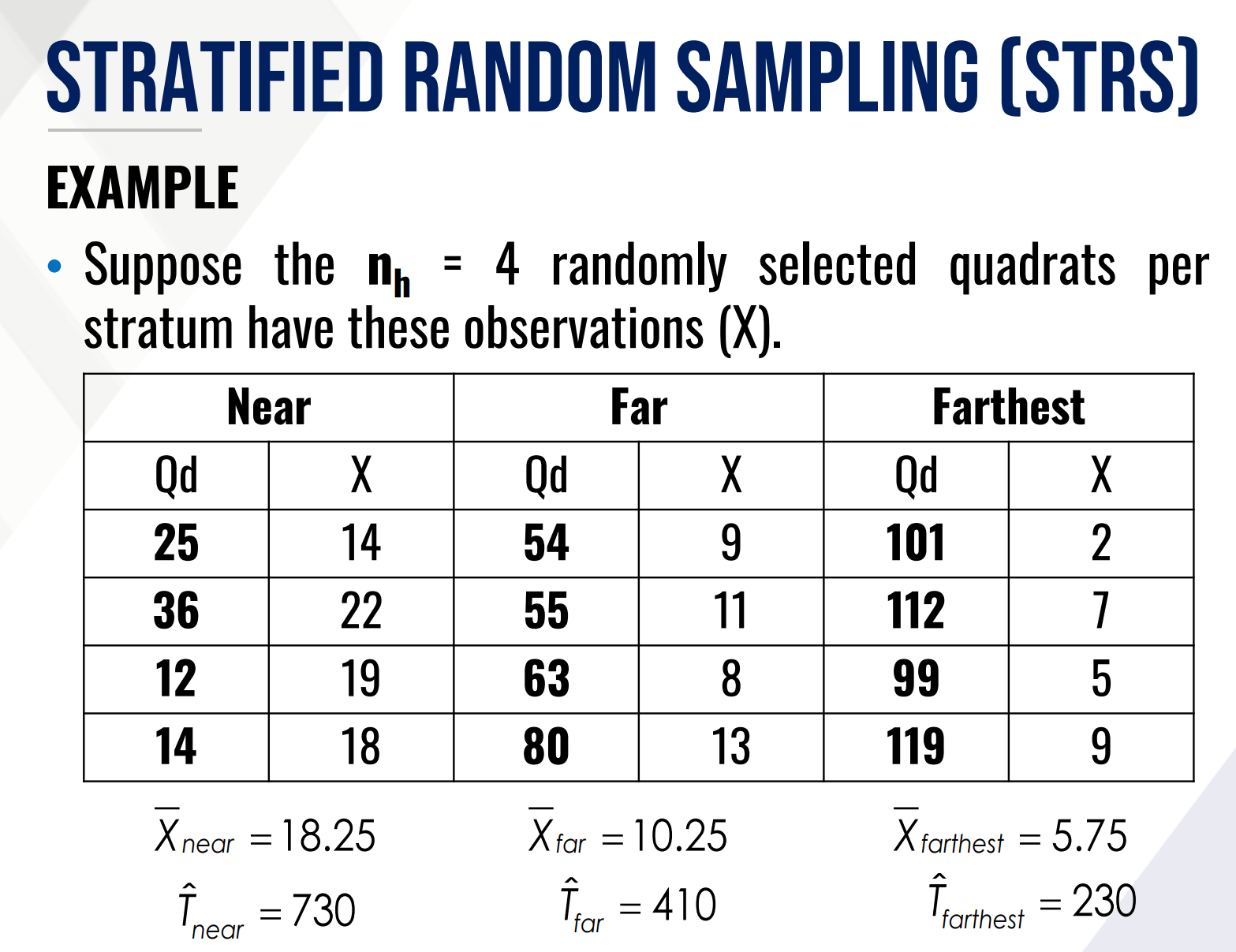
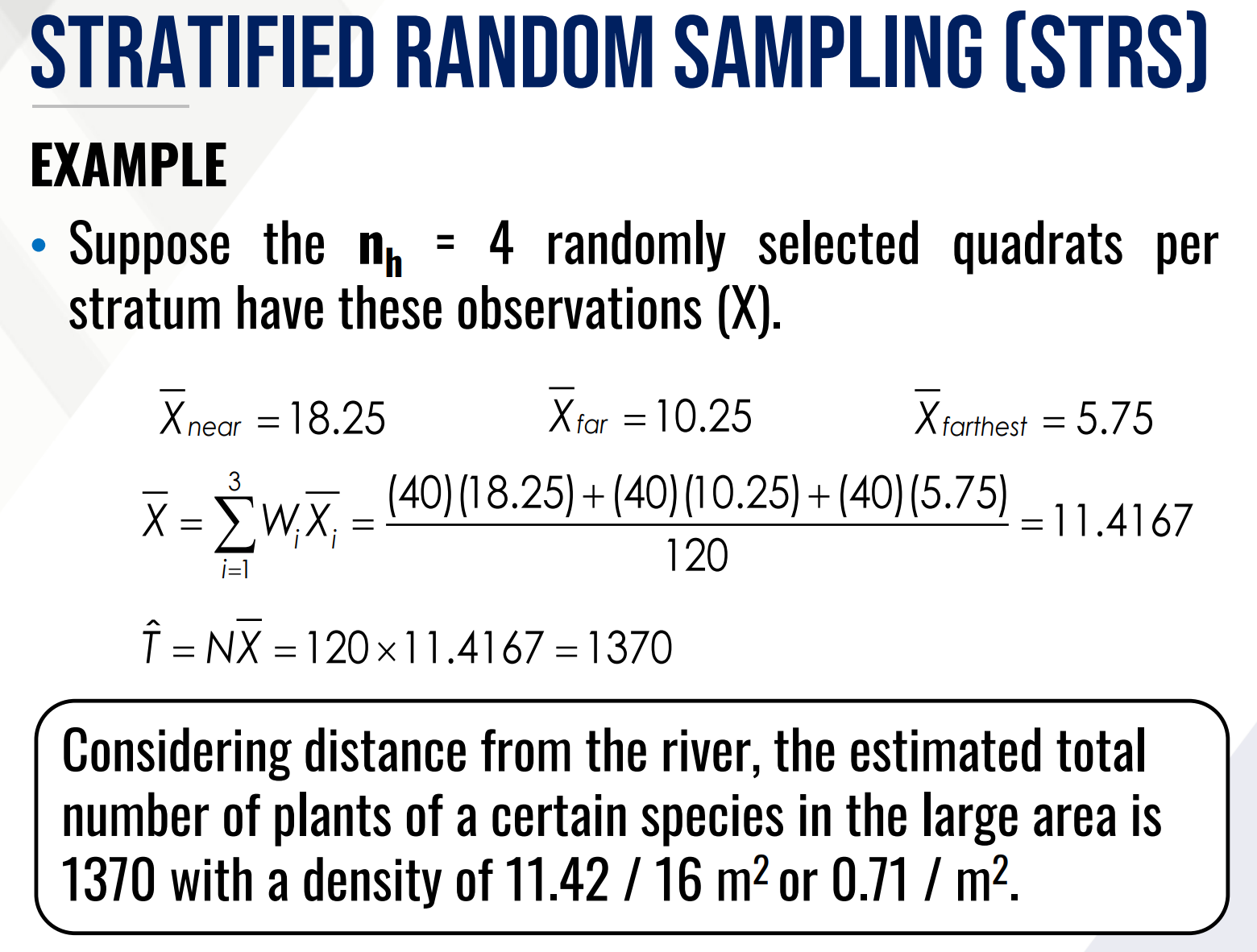
Solve for density and total number of plants within the area.
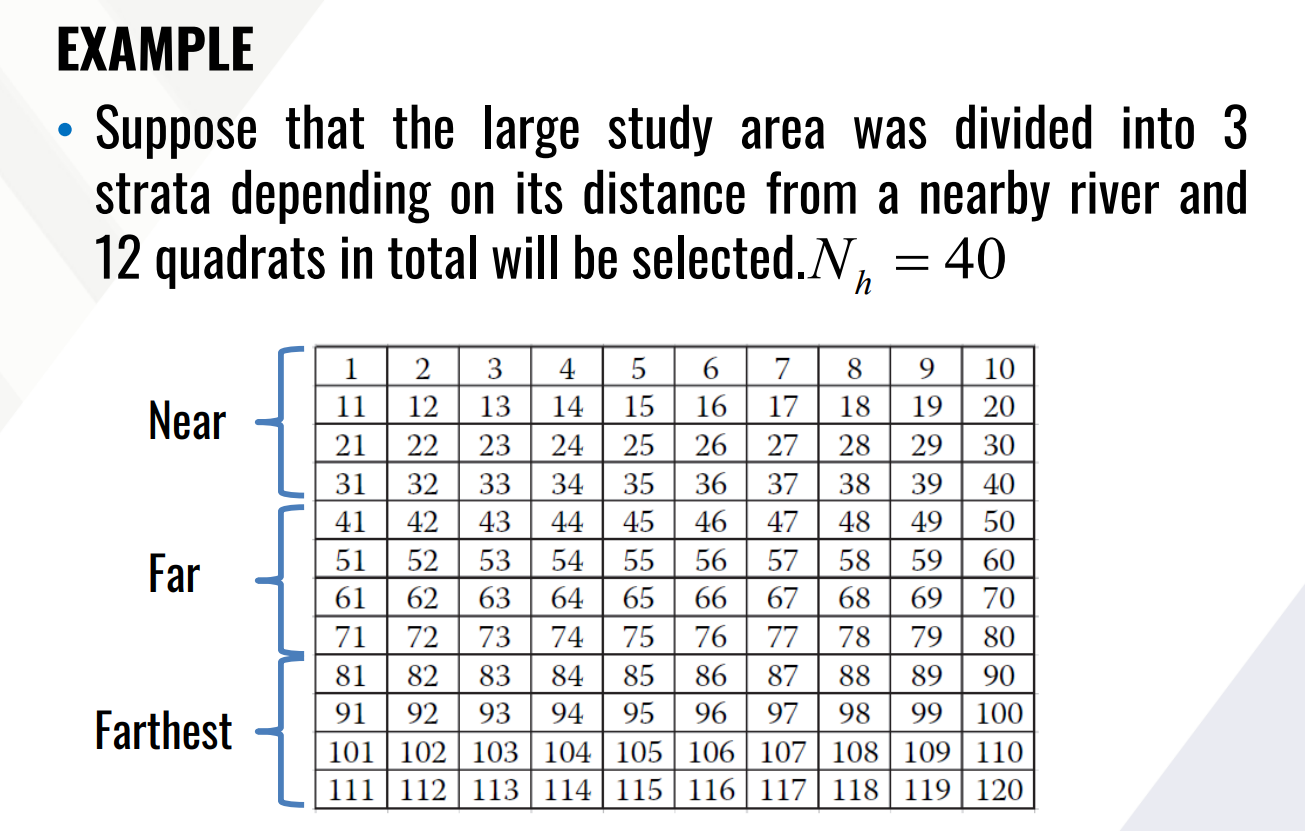
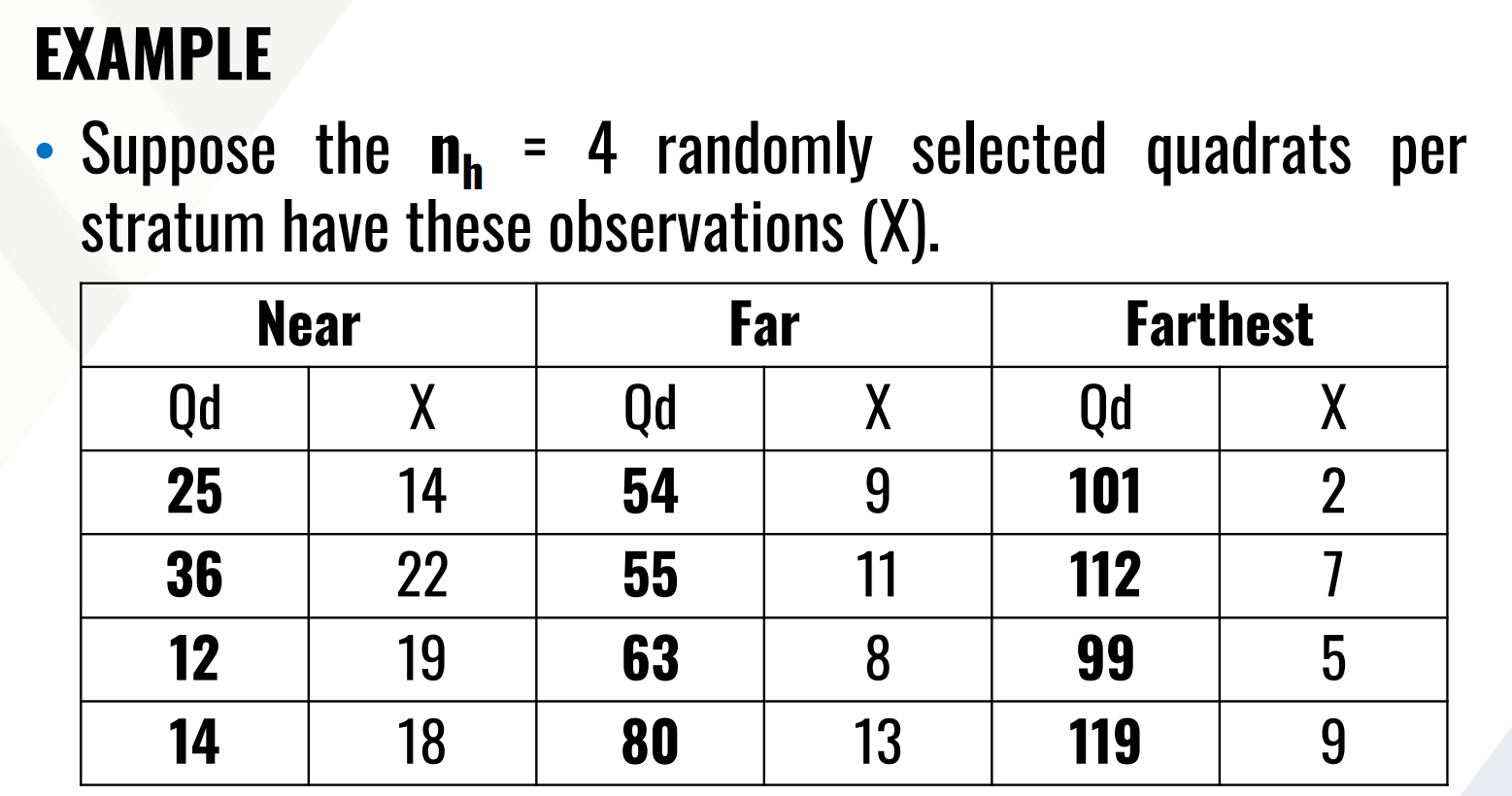
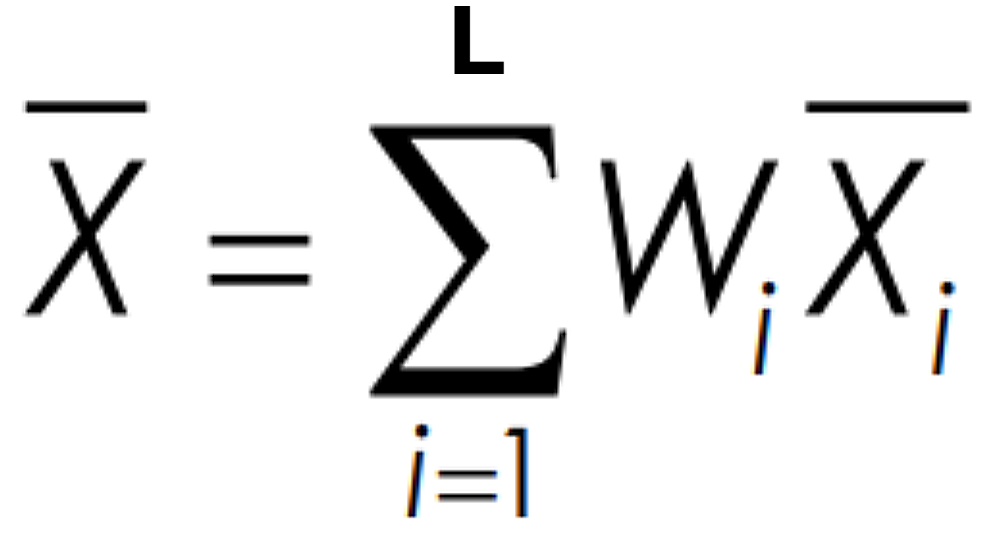
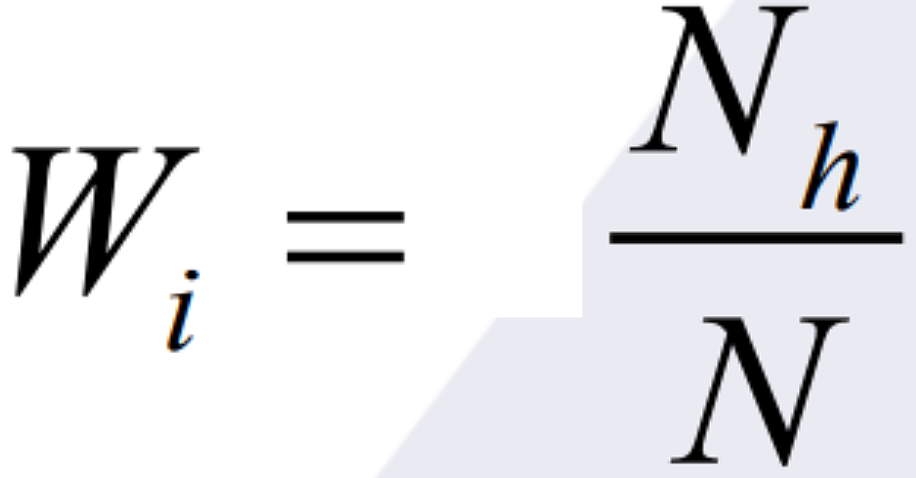
Nh is the population of a strata
N is the total population of all strata
What is the formula for the total mean of an SRS
SYSTEMATIC SAMPLING (SYS)
Adopts a skipping pattern in the selection of sample units.
SYSTEMATIC SAMPLING (SYS)
Gives a better cross-section if the listing is linear in trend but has high risk of bias if there is periodicity in the listing of units in the sampling frame.
SYSTEMATIC SAMPLING (SYS)
Allows simultaneous listing and selection of samples in one operation.
Gives better coverage than SRS.
